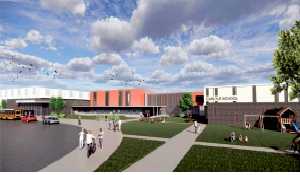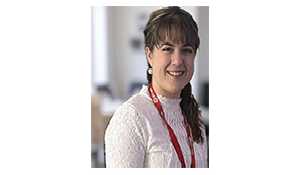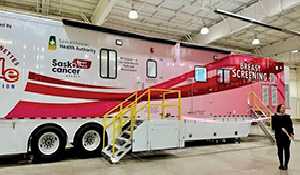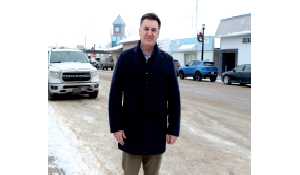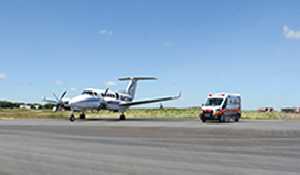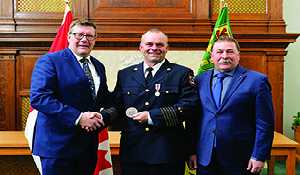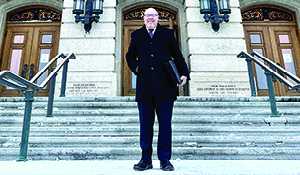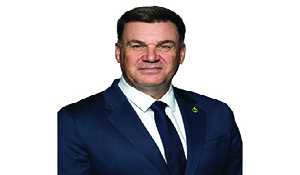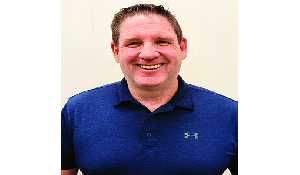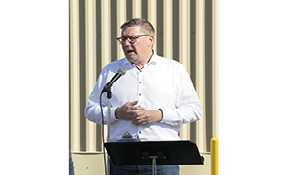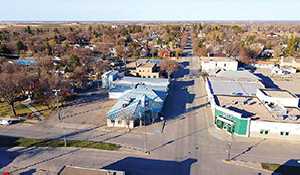SE Cornerstone has largest fiscal reserves in Sask.
$22 million in unrestricted reserves
August 2, 2022, 10:02 am
Kevin Weedmark
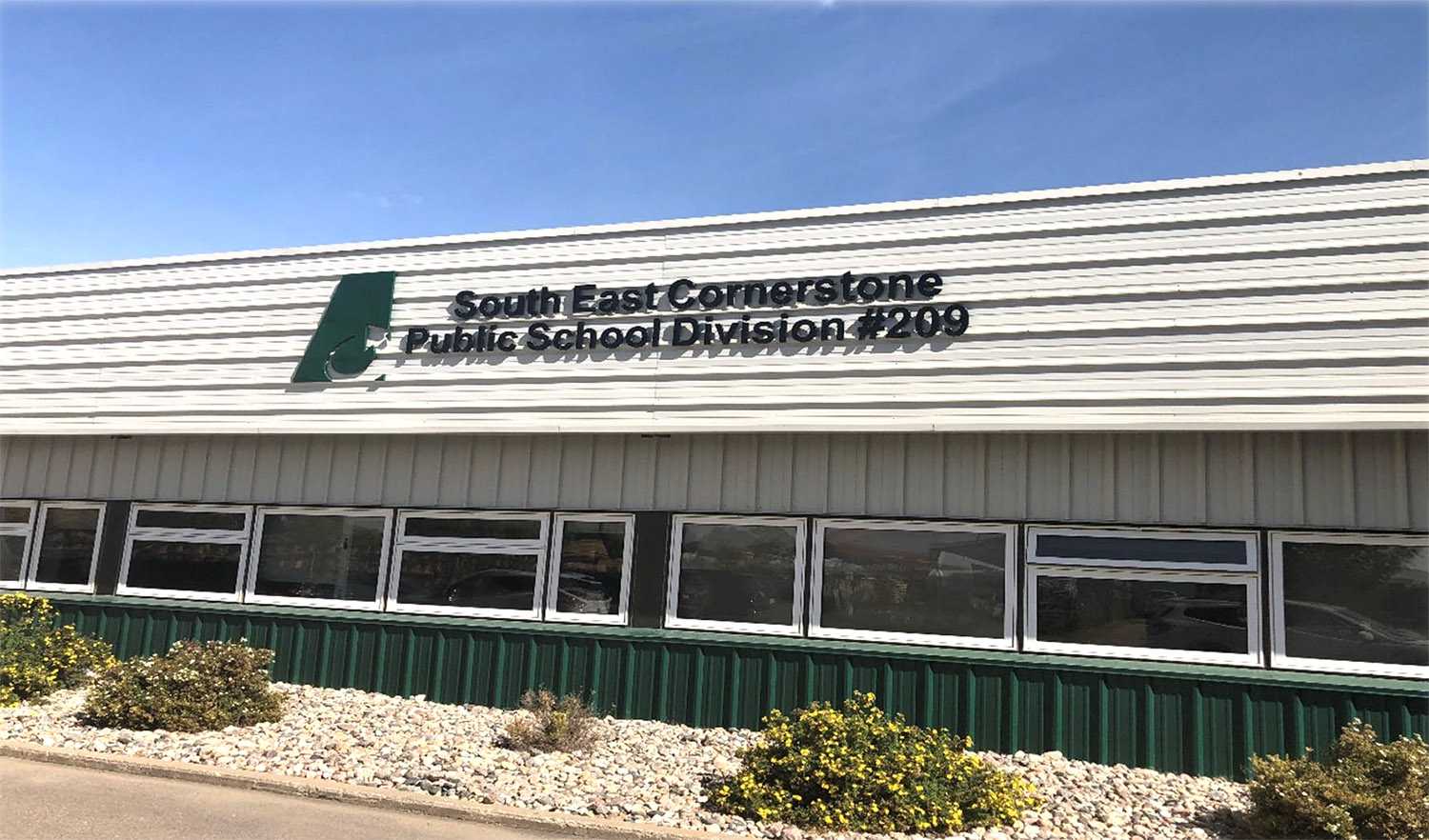

The provincial government is reviewing how school division surpluses are handled, since school divisions across the province are sitting on more than $165 million in unrestricted financial reserves while cutting staffing and placing the blame on provincial funding.
Consultations are currently taking place between the provincial government and school divisions to review the way surpluses are handed and reported.
Southeast Cornerstone School Division has the highest unrestricted reserves of any school division in the province, with $22,225,912 in unrestricted reserves at the end of the last fiscal year, August 31, 2021.
Southeast Cornerstone Chief Financial Officer Shelley Toth said the school division has been running budget deficits and drawing down its reserves each year.
Its unrestricted reserves have come down from $32,299,172 in 2017.
“Our fiscal year end isn’t until August 31st so at this point I am not sure what our unrestricted surplus will be, but we have budgeted a deficit of $4.6 million for this year and we also have a budgeted deficit of $2.5 million for next year. So, if those deficits are fully realized, our unrestricted surplus will decrease to $14.4 million at the end of August of 2023.
“The trend has certainly been to draw down on that unrestricted surplus to balance our budget. It’s needed because there are certain things the ministry doesn’t fund.”
SE Cornerstone’s unrestricted reserves of $22,225,912
101 times more than Prince Albert Catholic Division’s $210,000
176 times more than Holy Trinity School Division’s $126,312
“There is no funding from the province for capital buildings, for bus garages or admin offices, or maintenance shops for example.
“We have been using it to expand the bus garage in Moosomin and we have a new bus garage here in Weyburn and that was done so that we could take over some contracted bus routes and obtain some efficiencies. And then, there is of course unexpected one time iniatives on unanticipated increases. You might have an emergency you didn’t plan for budget, maybe a short fall in uninsured losses. So, that’s why it is needed.”
She said the division’s unrestricted surplus is down significantly in recent years.
“We have gone down from $31.5 million in 15/16 and we are down to $22.2 at the end of the last school year.
“Unlike a lot of school divisions we’ve not chosen to internally restrict our unrestricted surplus for specific purposes. If you look at some other school divisions you will notice they have moved amounts from unrestricted to restricted and they have listed it as an operating fund reserve or a contingency reserve or a general reserve. Some have an internally restricted amount for equipment upgrades and even for board elections. We have not done that. Whenever our expenses are greater than our revenue, whatever the reason may be, we simply use our unrestricted surplus.”
Toth said she isn’t sure how the division came to accumulate tens of millions of dollars in accumulated surpluses.
“I’d have to go back to amalgamation, and some of it might have been at that time. I know we have drawn down on it since 15/16. Every year we have had a deficit budget since then. Have they been fully realized every year? No. There was one year we had a strike by a SEIU staff so there was a cost savings there so we didn’t end up as bad as we thought. A budget is obviously your best guess as to where you think you’re going to be and sometimes things change throughout the year that allow you to save some costs. During Covid obviously there were a few months we didn’t have any school, so you saved on your transportation and you saved on your electricity because the lights weren’t on and that kind of thing. So there’s those unusual years, but for many years now (the unrestricted reserves) has gone down, not up so I think you’d have to go back pre-amalgamation to figure out where it all came from.”
She said the provincial working group will develop policies on school division financial reserves going forward.
“Because there have been some inconsistencies on how the school divisions are reporting their surpluses, there actually is a provincial working group working right now to develop new guidelines for how those surpluses are reported on our financial statements. As well they’re working on an operational reserves policy for school divisions and that is going to define why reserves are needed and what they should be used for.
“Again, that nonfunded capital, those one-time initiatives, unanticipated cost increases (can be covered by reserves). It is not intended to replace the permanent loss of funding and to continue to use the reserves to fund ongoing operating costs would not be fiscally responsible. We will be adopting that policy once it is finalized and hopefully that is coming this fall.”
Duncan hopes review brings consistency
Saskatchewan Education Minister Dustin Duncan said the review under way should bring some consistency to the use of reserves by school divisions.
“Over time reserves have grown pretty significantly. Then after the 2017 budget where there was a reduction in education funding, a number of school divisions did start tapping in and using those reserves. This year, as we tabled a deficit budget, we started to talk again about school divisions having to utilize their reserves. There’s no real consistency in terms of reporting on the unrestricted reserves. Is there a percentage of a division’s budget that they can keep in reserves? What are the policies around when they move reserves into the restricted column? Are we leaving them unrestricted? Some will restrict reserves, others will leave them in unrestricted, even if they might have plans for those dollars.
“Coming out of this year’s budget we thought that this was a good opportunity to get together with the school divisions through their business officers, through the Saskatchewan Association of School Business Officials (SASBO) to really look at whether or not we need to develop some clear guidelines and policies around, not only using reserves, but how high reserves can get—things of that nature.”
He said a number of school divisions have built up significant financial reserves.
“A number of school divisions have been building up reserves over time. We did change how school divisions are funded about a decade ago. Prior to that time, school divisions had access to property tax and were able to levy a mill rate. We changed that about 10 years ago and in your area, Southeast Cornerstone, in 2012 they had about $15 million in reserves.
“But from that time on, that number grew from about $15 million to well over $30 million. Yes, they’ve been drawing down that the last five to six years, but that did grow to over $30 million.
“Those reserves were able to build over that time, in a large part, because of government funding—the significant funding that the government has been able to provide, especially since that time when access to the property tax was taken away from the school divisions.
“It’s interesting when school divisions are running deficit budgets, it always comes back to lack of government funding. On the flip side, when they are able to run surpluses and then set aside money in reserves, it’s not like school divisions come out and say that the government over-funded them.
“In that time, a number of school divisions were able to build up pretty sizeable reserves and I think that’s an indication that we have significantly funded education. Year-to-year, sometimes it’s higher and sometimes it’s lower, but over the course of the 15 years, certainly I think that the fact that all of the reserves added up to north of $400 million. I think that that shows pretty significant funding of school divisions by government.”
What does Duncan hope for from the current review?
“What I am hopeful comes out of this is certainly some recommendations that I can bring forward to provide some clarity and consistency in terms of when divisions do have a surplus at the end of the year, what are the approved ways of using those dollars.”
Duncan said there could be more transparency around school division finances.
“Certainly when I read that (provincial funding was blamed for staff reductions in Southeast Cornerstone’s budget) I had a couple of questions about the details which I don’t think we really revealed at that time. First and foremost, how many of those positions were one-time pandemic related positions that the funding just ran out on? When we provided the pandemic money and some of that did go to hiring substitute teachers, more cleaning staff or bus drivers. Well that was one time funding . That was temporary to get us through the pandemic and so one of my questions is how many of those positions are actually part of that temporary funding that nobody should have expected were going to be permanent—so they shouldn’t be surprised when those positions are reduced.
“Another thing too is, in terms of the number of positions within the school divisions and the reductions and positions that they’ve announced as part of their budget this spring, the other part of that equation that I always look at, is what is enrollment? I know Southeast Cornerstone is down about 100 students from where we were before the pandemic. Without that part of the equation it looks like Southeast Cornerstone is being forced by the province because of funding to reduce positions and cut teachers and other positions. Okay, but you’re also teaching 100 less kids and so there probably are going to be some changes in terms of what the staff complement is going to look like—keeping in mind that most of the funding that comes from the funding formula is enrollment driven. So if your enrollment is going down, yes you’re probably going to make some changes. Does that actually change the teacher to staff ratio? Well in this case it really doesn’t. It’s going to look very much the same as what it did prior to the additional funding.”
Duncan said the committees will wrap their work up this fall and the input will be taken into account in the next provincial budget. Tweet


